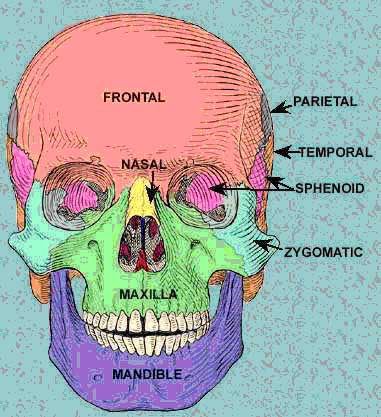
Osteoporosis can affect any bone, although some bones are more susceptible to fracture than others. Teeth are strictly speaking not bone, but they compete for calcium with the skeletal system, and they fit in with the bone in the skull.
The ridge portion of the facial bones that contain sockets for the teeth is called the alveolar process and when the density of this area declines, teeth can become loose. The National Institutes of Health says women with osteoporosis are three times more likely to experience loose teeth than healthy women.
Loose teeth and some gum problems can point to the possibility of osteoporosis. Research has suggested the viability of employing dental X-rays in identifying the early stages of osteoporosis. Unfortunately, your dentists won’t tell you if you have osteoporosis. This is due to several factors, including the separation of dental health (at a dentist’s office) and medical health care services.
When a child grows up, there is something similar to osteoporosis that happens naturally in the mouth. Baby teeth disappear; they fall out because the roots shrink in a process similar to what happens in bone shrinkage. Bone resorption in skeletal bones is facilitated by cells called osteoblasts. A type of osteoblast called odotoclasts in the jaw work on the juvenile teeth when it comes time for them to be replaced with adult teeth.
Does treatment for osteoporosis help improve dental health, and more specifically, the integrity of teeth? We could find no scientific studies on this question. Bisphosphonate drugs are known to have a side effect called osteonecrosis of the jaw (aka fossy jaw) that dentists sometimes encounter. This is a negative side effect and a known danger in the use of bisphosphonate medicines.
Osteoporosis can result in demineralization of the middle ear bones and consequent hearing loss. Low skeletal density - as shown in DEXA scans of the wrist - correlates with reduced hearing ability. This should not be surprising as osteoporosis a is systemic illness and all bones are affected. Doctors on the lookout for osteoporosis often concentrate on the hip and spine as these produce the most outwardly visible signs, but ear bones can be affected, too. A recent study found osteoporosis patients have a higher risk (1.76 times the risk) of deafness called sudden sensorineural hearing loss.
Tympanosclerosis is the thickening and calcification of the eardrum. It also happens in elderly people and reduces hearing. Despite the role of calcium, there does not appear to be any correlation between tympanosclerosis and osteoporosis.
Otosclerosis is abnormal bone growth in the middle ear. The extra bone is described as "sponge-like" and it damps the vibrations and results in diminished hearing.
There is some inheredited tendency to otosclerosis A British study found a possible association between otosclerosis and osteoporosis suggesting the two may have similar genetic predispositions.

